With a heart that burns with passion for public service, he pursued Political Science and graduated with a degree in one of the most prestigious universities in the world, New York University. As the Provincial Administrator of Camarines Sur, he worked hard and persevered in providing the Camarinenses with innovative programs and projects. He visited every barangay of the province to personally listen to the people’s problems and needs, and hand-deliver to them the services of the Provincial Government.
His sincere efforts toward genuine public service to the people of Camarines Sur earned him a recognition from the National Builders Committee as the Public Servant of the Year 2022.
As the newly-elected governor of the Province of Camarines Sur, it is without a doubt that Governor Vicenzo Renato Luigi Villafuerte will create a legacy of his own and lead the province to greater heights.

